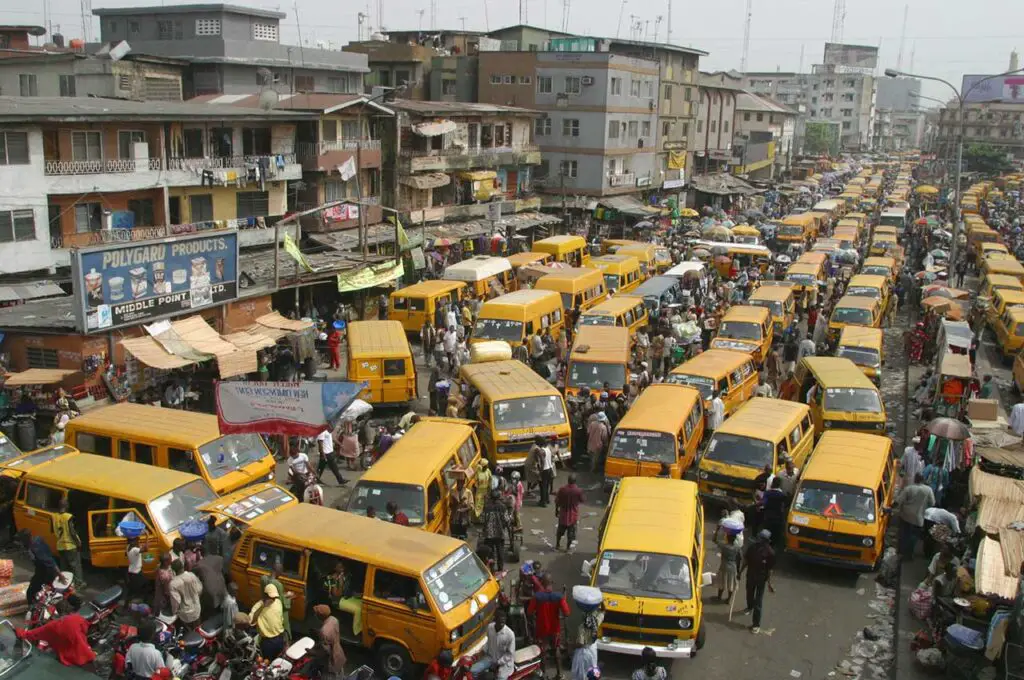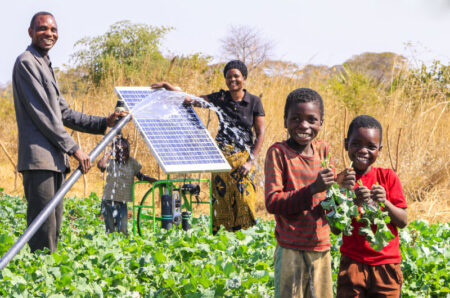East Africa is anticipated to have the highest performance, surpassing other regions. Central Africa is projected to experience growth of 4.7% in 2022, up from 3.6% in 2021. West Africa's growth fell to 3.6% in 2022, down from 4.4% in 2021. In the medium term, it is anticipated to increase, hitting 4.1% in 2023. In
[elementor-template id="94265"]











